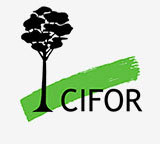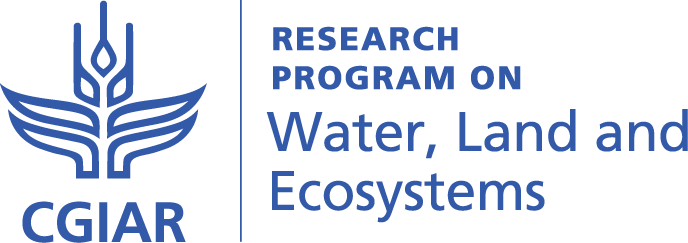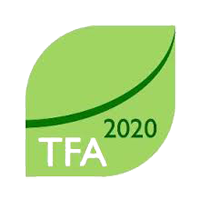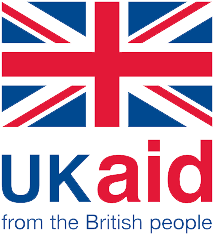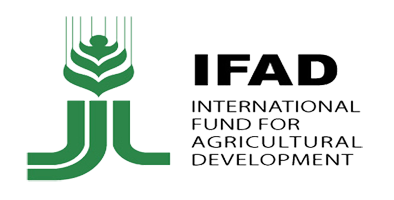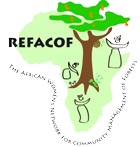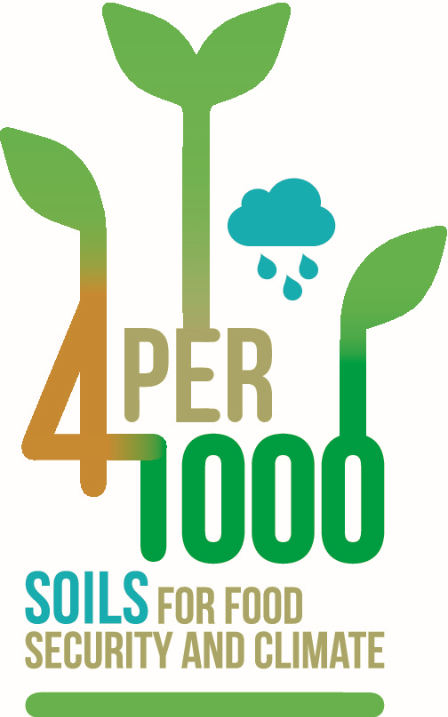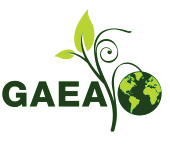Description:
The panel discussed major developments, commitments and perspectives for concrete action under key initiatives to address landscape restoration challenges in African drylands, one year after related events at COP21. There is now broad recognition of the potential impact of landscape restoration on both mitigation (e.g. on vegetation cover and soil carbon sequestration) and adaptation (e.g. on resilient farming systems and disaster risk mitigation). It also plays its own part in efforts to address and manage other key development challenges such as food security, rural poverty, employment and displacement and migration. Different studies and publications have documented strategies and solutions to effectively address land degradation and promote resilient landscapes in Africa, and drylands challenges have become a common denominator.
Efforts to address landscape restoration at a global scale have recently been reinvigorated under the Sustainable Development Goals, their contribution to INDCs, UNCCD’s Land Degradation Neutrality agenda, the New York Declaration on Forests and the Bonn Challenge. At the Africa level, related efforts were echoed at COP21 in Paris in 2015 with the launch of the Africa Resilient Landscapes Initiative and the Africa Forest Landscape Restoration 100, as well as commitments made to further scale up and expand the Great Green Wall Initiative for the Sahel and Sahara. The donor community has expressed its general commitment to the Africa resilient landscapes agenda, including the World Bank under its Africa Climate Business Plan, launched at COP21.
Key questions addressed:
- What are multi-sectoral priority actions for the resilient landscapes agenda in MENA and AFRICA?.
- Following up on the ARLI, GGWISS and AFR100 events at the Paris COP, what are new commitments and what are the practical implementation steps to scaling up sustainable landscape restoration and management under these initiatives both in MENA and AFRCIA
- Can we map out the scale of the efforts and resources that are required to effectively address land degradation in the region’s drylands and what is the road map for specifying related plans and mobilizing resources in 2017.


